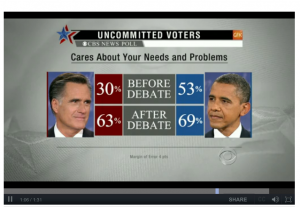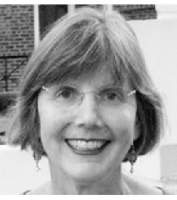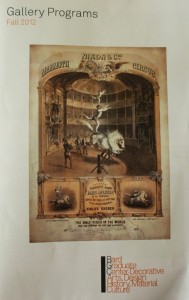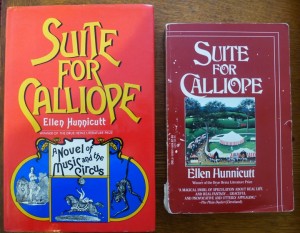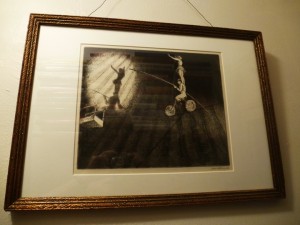 Feeling bad for the Iranian people who are enduring hardship wrought by the West’s economic sanctions, but the majors demos in Tehran today–inveighing against the Ahmadinejad government and religious establishment–show the whole sanctions policy is working. President Obama has insisted they be given a chance to work, and he’s being proven correct. Mitt, Bibi, and other wingers all look silly, having insisted on imminent war. Even Bibi is now altering his stance to favor sanctions. The mullahs have a growing currency crisis on their hands, while the cost of consumer goods has increased four-fold. Instability is brewing. Sanctions that result in curtailment of their nuclear ambitions are a far better option than bombing. Painful though the sanctions are for Iranians, the people are taking their anger out on the regime, where it belongs for their autocratic rule.
Feeling bad for the Iranian people who are enduring hardship wrought by the West’s economic sanctions, but the majors demos in Tehran today–inveighing against the Ahmadinejad government and religious establishment–show the whole sanctions policy is working. President Obama has insisted they be given a chance to work, and he’s being proven correct. Mitt, Bibi, and other wingers all look silly, having insisted on imminent war. Even Bibi is now altering his stance to favor sanctions. The mullahs have a growing currency crisis on their hands, while the cost of consumer goods has increased four-fold. Instability is brewing. Sanctions that result in curtailment of their nuclear ambitions are a far better option than bombing. Painful though the sanctions are for Iranians, the people are taking their anger out on the regime, where it belongs for their autocratic rule.
Think my outlook is too rosy? Read what Tod Robberson, editorial writer at the Dallas Morning News published yesterday:
“Mitt Romney and his pal, Benjamin Netanyahu of Israel, face an increasingly uphill battle arguing that the tough sanctions regime put in place by the Obama administration isn’t working. The pressure on Iran’s government to cease its uranium-enrichment program and abide by its international treaty obligations has never been more severe than it is today.
The value of Iran’s currency, the rial, is in free fall. According to Reuters, the rial reached a record low value of 37,500 to the dollar on the free market. A week ago it traded at about 24,600. Between 2010 and 2011, the rial’s value remained relatively steady at between 10,300 and 10,800 to the dollar. According to one report, Iranians lost 660 trillion in rial-based assets because of the plummeting market. This marks an enormous financial crisis for the country.
Heck, things are so bad that, instead of sightseeing in New York last week, the Iranian delegation headed by President Mahmoud Ahmadinejad went on a shopping trip to Costco to buy stuff like shampoo that they can’t get in their own country. One member of his delegation reportedly has defected.
What has happened since last year to make the currency plummet to less than half its 2011 value? Sanctions, that’s what. . . .
And now, there can be no argument that the sanctions are taking a steep toll on Iran’s government. This helps explain why Israel’s foreign ministry issued a report last week calling for the government to give sanctions more time — in spite of the constant drumbeat of war coming from Netanyahu and Romney.
Yes, Romney can ask for proof that Iran has curtailed its uranium enrichment program as a result, and that’s a fair question. The answer almost certainly is: There is no proof — yet. That’s what the sanctions are all about. At a certain point pretty soon, Iran’s isolation and economic strife are going to reach a breaking point, at which time Tehran will seriously enter negotiations on inspections and agree to international limits on its enrichment activities. Sure beats war.
Romney is going to have to come up with another argument heading into tomorrow’s debates. He can’t even rely on backing from Netanyahu, who appears to be backing away from the hard-line stance he had maintained barely three weeks ago. Read more on that at ForeignPolicy.com,” in a Joel Rubin story headlined Netanyahu Aligns with Obama on Iran.


